What Is A Gimbal Camera?
In the ever-evolving world of photography and videography, the quest for stability and smoothness in capturing images and videos has led to the development of various innovative tools. One such tool that has gained significant popularity in recent years is the gimbal camera. This article delves into the intricacies of gimbal cameras, exploring their functionality, benefits, and practical applications, while also addressing common questions and concerns.
Understanding Gimbal Cameras
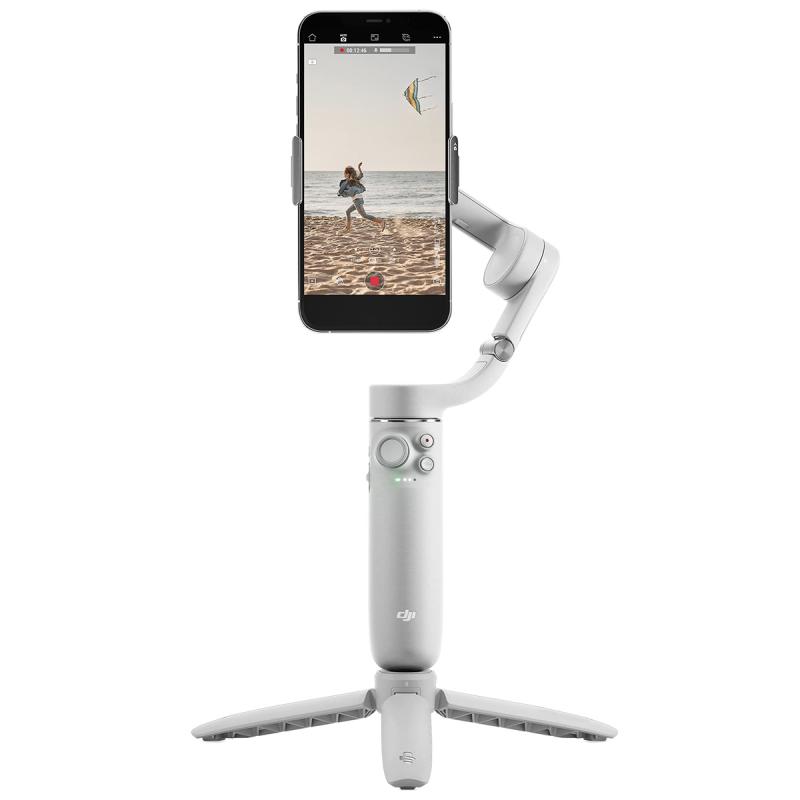
A gimbal camera is a device that combines a camera with a gimbal stabilization system. The gimbal is a pivoted support that allows the camera to rotate around a single axis, providing stability and balance. This stabilization system is crucial for capturing smooth and steady footage, especially in dynamic and fast-paced environments.
The core technology behind gimbal cameras involves the use of motors and sensors. These components work together to counteract any unwanted movements or vibrations, ensuring that the camera remains level and stable. The result is a significant reduction in shaky footage, which is a common issue when shooting handheld.
Key Components of a Gimbal Camera

1. Camera: The camera itself can vary in specifications, ranging from high-resolution sensors to advanced lens systems. Some gimbal cameras come with built-in cameras, while others are designed to accommodate external cameras, such as DSLRs or action cameras.
2. Gimbal: The gimbal is the heart of the stabilization system. It typically consists of three axes (pitch, roll, and yaw) that allow for smooth and controlled movements. The gimbal's motors and sensors detect and counteract any unwanted motion, ensuring that the camera remains steady.
3. Control System: Modern gimbal cameras come with sophisticated control systems that allow users to adjust settings, switch between different modes, and even control the camera remotely. These control systems can be accessed through physical buttons, touchscreens, or mobile apps.
Benefits of Using a Gimbal Camera

1. Stability and Smoothness: The primary advantage of a gimbal camera is its ability to provide stable and smooth footage. Whether you're walking, running, or even riding in a vehicle, the gimbal's stabilization system ensures that your shots remain steady and professional-looking.
2. Versatility: Gimbal cameras are incredibly versatile and can be used in a wide range of scenarios. From capturing cinematic shots in filmmaking to documenting extreme sports, the possibilities are endless. The ability to mount different types of cameras also adds to their versatility.
3. Ease of Use: Despite their advanced technology, gimbal cameras are designed to be user-friendly. Many models come with intuitive controls and pre-set modes that make it easy for beginners to achieve professional-quality results. Additionally, the compact and lightweight design of many gimbal cameras makes them easy to carry and use on the go.
4. Enhanced Creativity: With a gimbal camera, you can experiment with different angles and movements that would be challenging to achieve with a traditional handheld camera. This opens up new creative possibilities and allows you to capture unique and dynamic shots.
Practical Applications of Gimbal Cameras

1. Filmmaking and Videography: Gimbal cameras have become an essential tool in the film and video production industry. They are used to capture smooth tracking shots, dynamic action sequences, and stable aerial footage. Filmmakers and videographers rely on gimbal cameras to achieve professional-quality results without the need for expensive and bulky equipment.
2. Travel and Adventure: For travel enthusiasts and adventurers, a gimbal camera is a must-have accessory. It allows you to document your journeys with smooth and stable footage, whether you're hiking through rugged terrain or exploring bustling city streets. The compact design of many gimbal cameras makes them ideal for travel.
3. Sports and Action: Gimbal cameras are popular among athletes and sports enthusiasts who want to capture their activities in high quality. Whether you're skiing down a mountain, surfing the waves, or cycling through challenging trails, a gimbal camera ensures that your footage remains steady and clear.
4. Vlogging and Content Creation: With the rise of social media and online content creation, gimbal cameras have become a valuable tool for vloggers and influencers. They provide the stability needed for smooth and professional-looking videos, enhancing the overall quality of the content.
Choosing the Right Gimbal Camera
When selecting a gimbal camera, there are several factors to consider:
1. Camera Compatibility: Determine whether you need a gimbal with a built-in camera or one that can accommodate your existing camera. Ensure that the gimbal is compatible with the camera's size and weight.
2. Stabilization Performance: Look for gimbals with advanced stabilization technology and multiple axes of movement. The more axes a gimbal has, the better it can counteract unwanted motion.
3. Battery Life: Consider the battery life of the gimbal camera, especially if you plan to use it for extended periods. Some models come with removable batteries, allowing you to carry spares for longer shoots.
4. Control Features: Evaluate the control features and ease of use. Look for gimbals with intuitive controls, customizable settings, and remote control options.
5. Portability: If you plan to use the gimbal camera for travel or outdoor activities, choose a model that is compact and lightweight. Portability is essential for capturing footage on the go.
Common Questions and Concerns
1. Do gimbal cameras require regular maintenance?
Gimbal cameras are generally low-maintenance, but it's essential to keep them clean and free from dust and debris. Regularly check for firmware updates to ensure optimal performance.
2. Can gimbal cameras be used in extreme weather conditions?
Many gimbal cameras are designed to withstand various weather conditions, but it's crucial to check the manufacturer's specifications. Some models are water-resistant or weatherproof, making them suitable for outdoor use.
3. Are gimbal cameras suitable for beginners?
Yes, gimbal cameras are designed to be user-friendly, with many models offering pre-set modes and intuitive controls. Beginners can achieve professional-quality results with minimal effort.
4. How do gimbal cameras compare to traditional stabilizers?
Gimbal cameras offer superior stabilization compared to traditional stabilizers, thanks to their motorized and sensor-based technology. They provide smoother and more precise movements, making them ideal for dynamic and fast-paced shooting.
Gimbal cameras have revolutionized the way we capture images and videos, offering unparalleled stability and smoothness. Whether you're a professional filmmaker, an adventurous traveler, or a content creator, a gimbal camera can elevate the quality of your footage and open up new creative possibilities. By understanding the key components, benefits, and practical applications of gimbal cameras, you can make an informed decision and choose the right tool for your needs. Embrace the world of gimbal cameras and take your photography and videography to new heights.



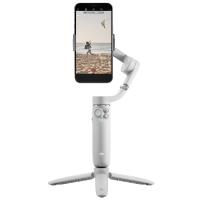
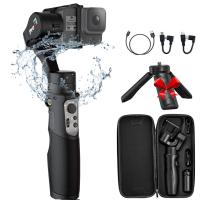
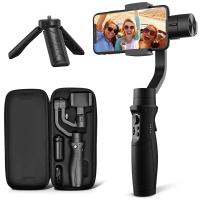
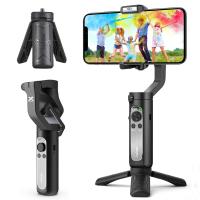

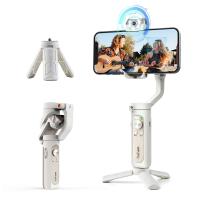
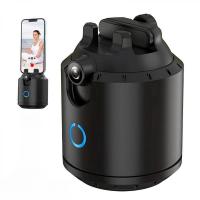
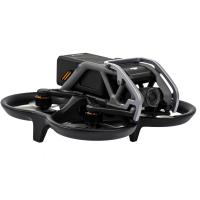
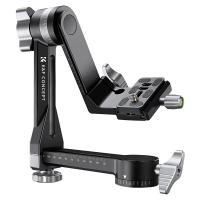
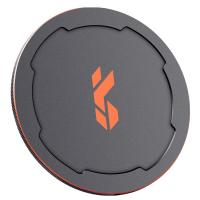

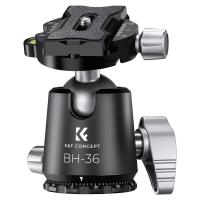


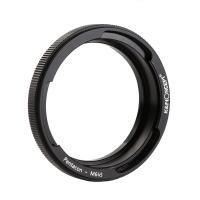
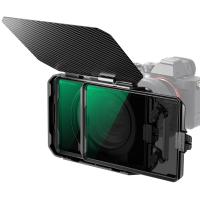


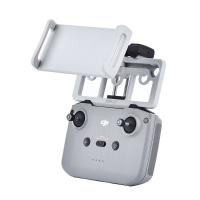
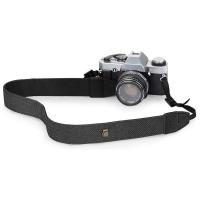
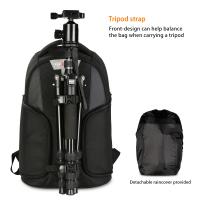
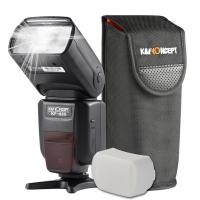


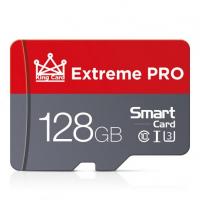
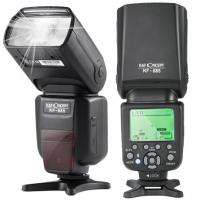
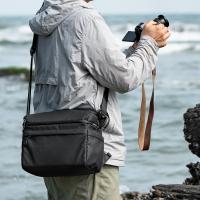
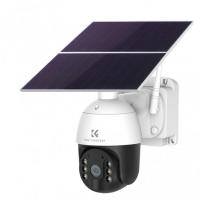
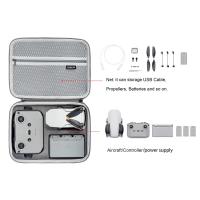



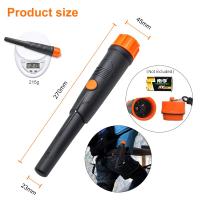
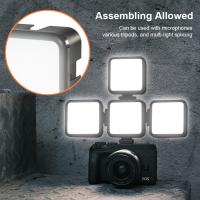
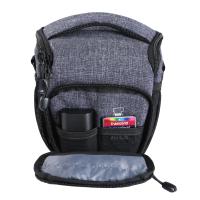

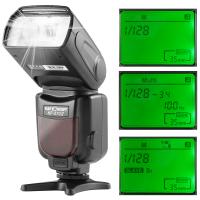
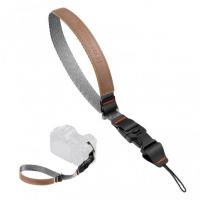
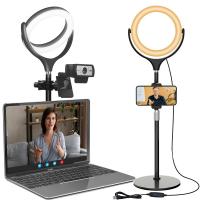
There are no comments for this blog.